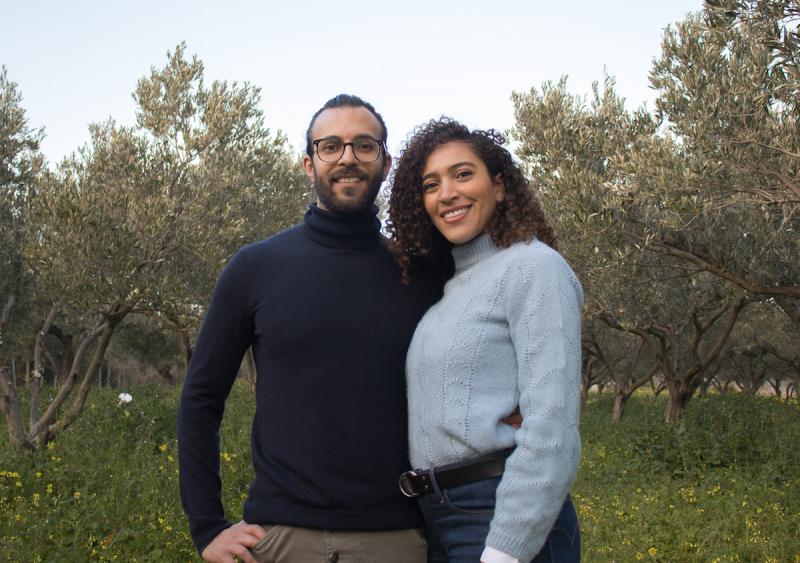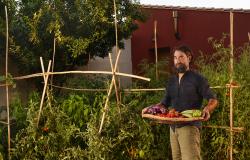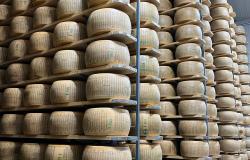Olive oil has incredible depth and variety. If you aren’t carefully selecting and correctly using extra virgin olive oil, now’s the time to start. We talked to dynamic olive oil producers Skyler Mapes and Giuseppe Morisani to get some insights.
The olive harvest is upon us, and perhaps you’ve seen some quaint scenes making the rounds on social media — of bright green, purple or black olives being collected into large nets in picturesque groves.
It might look dreamy, but it’s grueling work, a process that Skyler Mapes and Giuseppe Morisani know intimately after six years of harvesting their olives from 100-year-old trees Giuseppe’s grandfather planted in his hometown in Calabria.
2022 has been a difficult year for the trees. The prolonged drought and fierce heat have left their mark.
“The heat has been so intense that it’s created deep wrinkles on the olives, which typically do not suffer droughts,” says Skyler, who is originally from California. “And the olives are ripe a month before they used to be.”
Although these conditions will harm the trees long term, the oil in the olives is highly concentrated with less water and shouldn’t affect yield. With harvest underway, Skyler and Giuseppe share some of their knowledge of extra virgin olive oil with us.
This interview has been lightly edited for length and clarity.
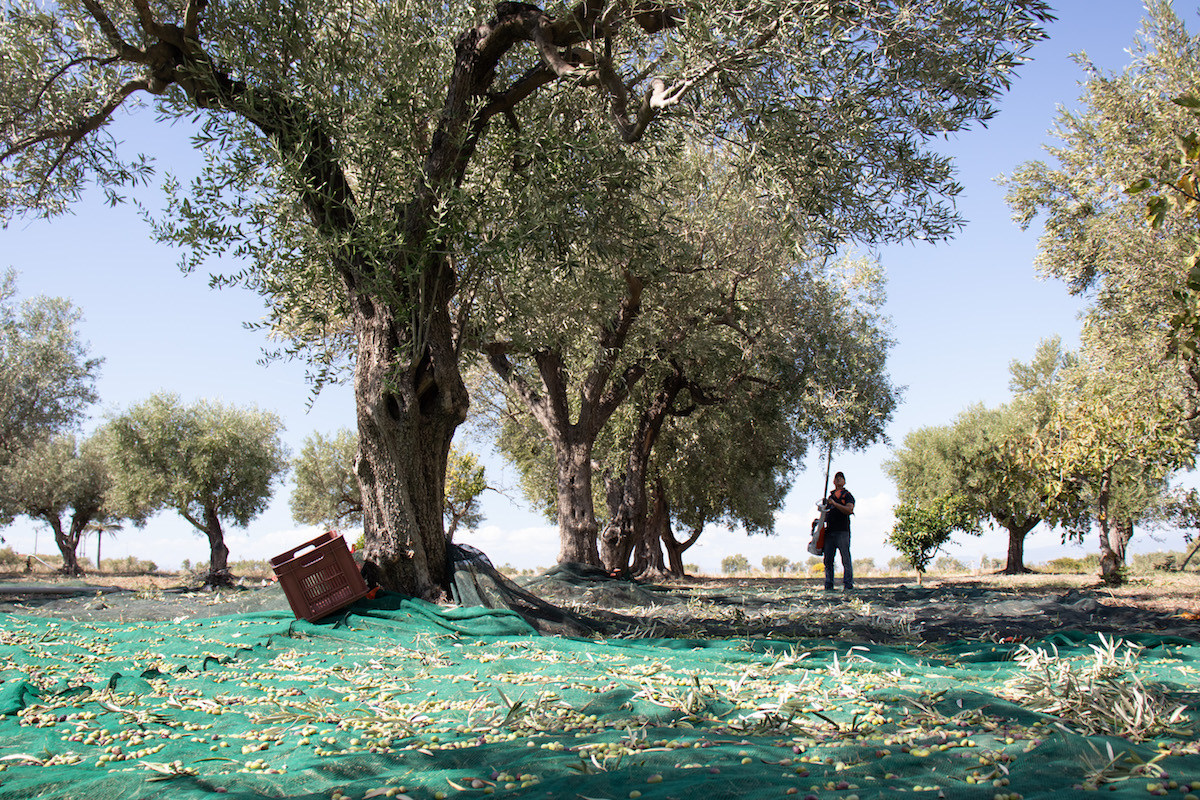
Alexa Ahern: How are different varieties of olive oil used differently? Your company ExAu makes three, for example.
Giuseppe Morisani: For us, one olive oil for all types of food [doesn’t exist]. Coratina, for example, is used for foods that are stronger — beans, meat, game — for cooking and finishing. Our Lina is the best for pasta al pomodoro and my favorite for seafood.
Skyler Mapes: It’s made from mostly Carolea olives. It has really nice notes of almond, tomato leaf and chicory. Putting this on bruschetta or seafood just makes it taste [like] what it’s supposed to be. It finishes the potential of the dish.
AA: With all the fad diets and armchair experts out there, how do you break through the noise and share useful information about olive oil?
SM: Extra virgin olive oil is so healthy for you. We’re doing crazy amounts of research. It’s used to help Alzheimer's and folks with dementia, and it’s heart-healthy. Folks who are on a no-fat diet, they have to work through that on their own. I'm not a doctor or a dietitian. I know that there are billions of people on this planet that like olive oil. I would much rather spend my time and energy helping them find products that they like.
GM: In Europe, if your oil has polyphenol levels over 200 milligrams per kilo, you can say that it's a nutraceutical, a sort of superfood. Some of our oils reach almost 1,000 milligrams per kilo.
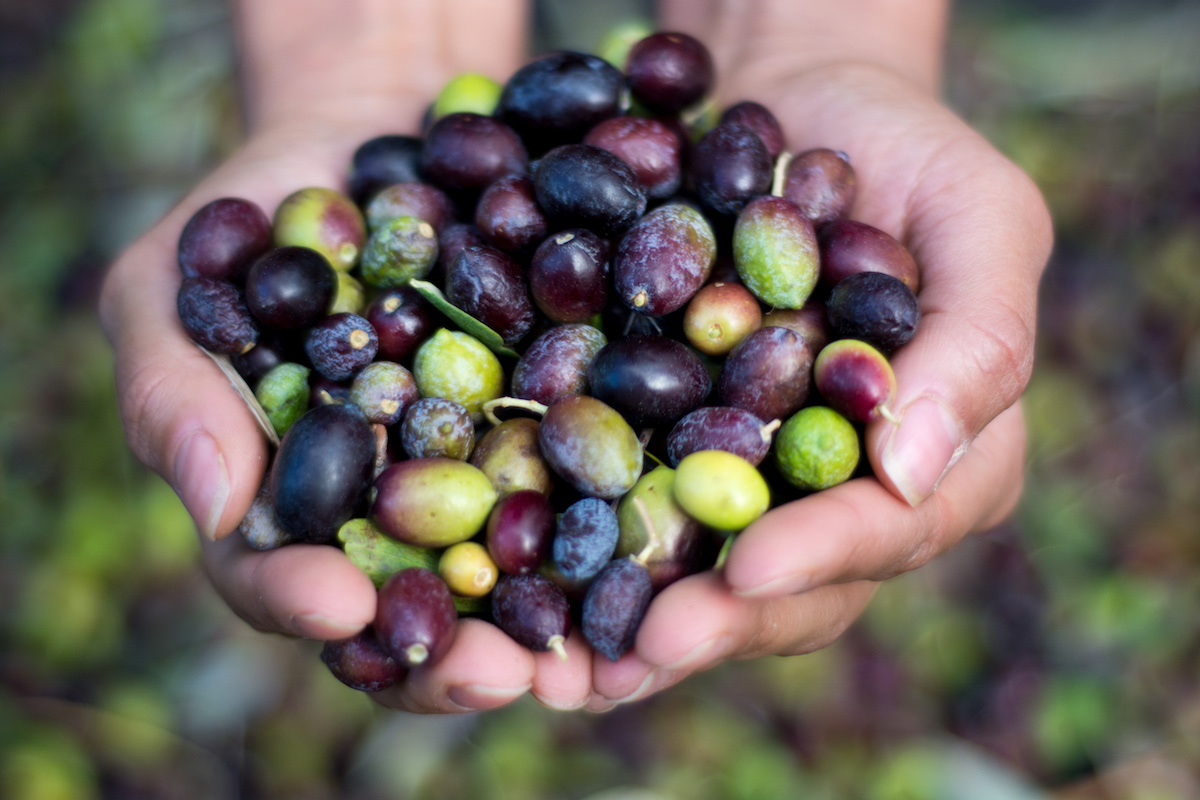
AA: What is “smoke point?”
GM: The smoke point is when the oil burns and becomes carcinogenic. The average smoke point of extra virgin olive oil is from 360 to 410 degrees Fahrenheit, but good extra virgin olive oil can go over this point. To find the smoke point, you need to have lab tests.
Tip: The water drop method is a good way to tell when the temperature is oil-ready. Heat up a pan then add a drop of water. When the drop splits into tiny beads, it’s time to pour in a generous glug of extra virgin olive oil.
SM: If you're heating up oil, and you see smoking but not like your kitchen’s about to light on fire, that's where you need to go and most of us are not going to that point.
AA: So, why is it important?
SM: Even though olive oil is just olive oil, there are still technically impurities and a bit of water in it. And the smoke, or vapor, is the impurities exiting the oil.
GM: For example, if you are deep frying something, the max temperature that you have to use is 350 degrees Fahrenheit. Once you reach that temperature, you put the food in and the temperature of the oil drops 100 degrees.
Tip: Go right ahead and fry all the things in olive oil – potatoes, fish, veggies, meatballs, whatever you like!
AA: How long will my bottle of extra virgin olive oil last in the pantry?
GM: If it’s closed, until it expires, probably two years.
AA: And with a nozzle?
SM: Burn them. If you're not going to use the olive oil in seven days, not even, I would give it max 48 hours.
Tip: When looking for extra virgin olive oil, check the bottle for a harvest date or bottle date to know how fresh it is. You’ll want to buy as close as possible to that but at most within two years.
AA: I thought light was the worst enemy of olive oil.
SM: No, air is the silent killer!
AA: Do you find the palates of North American customers are less accustomed to high-quality olive oil?
SM: No, actually, it’s the opposite. The American palate is changing. A lot of people are becoming aware of how highly processed everyday food is.
GM: Something that I love in the US is that people are willing to taste [new things]. In the US, they’re like, “Oh my god, this is so good.” It's different.
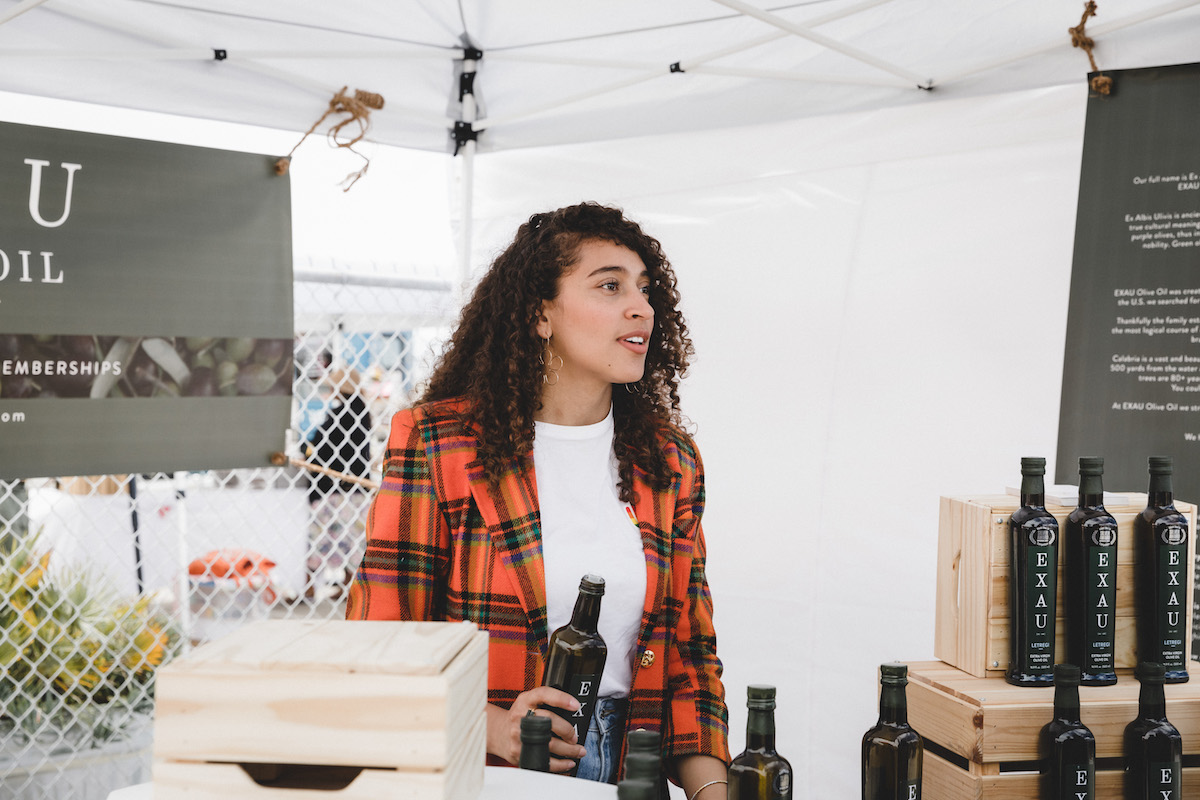
AA: You’re writing a book! What will readers learn?
GM: We clarify confusion that has been made by chefs and Instagram gurus.
SM: This book is for someone who is unfamiliar with olive oil and wants to learn more about it. And we want all the information to be fully digestible.
We'll talk about what types of olives are used to make olive oil. We'll dive into the specifics of the different levels and types of olive oil, flavor profile, how to shop for extra virgin olive oil and how to taste it. And there will also be recipes.
Skyler’s and Giuseppe’s book is set to be published in summer 2023 by Ten Speed Press.
